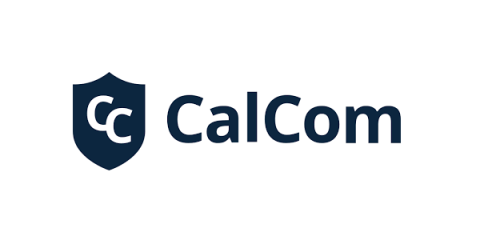Windows 11 Boosts Security: NTLM Out, Kerberos In
Microsoft’s initiative to phase out NTLM authentication in favor of the more secure Kerberos protocol was originally announced back in October 2023. At that time, the Windows maker declared its intention to deprecate NTLM and encourage organizations to transition to Kerberos for authentication purposes across its ecosystem. Microsoft announced this week that later this year they are expecting to retire NTLM authentication in Windows 11.






